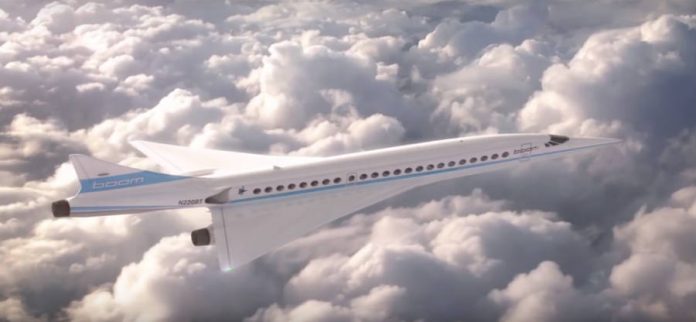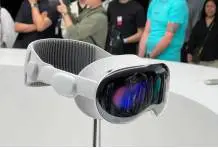
Boom Technology announced on Wednesday their Series A funding round had just closed, with investments closing at $33 million. The startup’s budget is now enough to start working on the XB-1 Supersonic Demonstrator.
The Denver-based firm wants to develop supersonic airplanes for commercial use at affordable prices. Eventually, the goal would be to overcome regulations that prohibit this kind of aircraft to travel at such speeds.
Boom has attracted talented engineers from NASA and team members from companies like SpaceX and Boeing to build the future of aerial transportation. CEO Blake Scholl firmly believes supersonic travel is the future of the industry.

The XB-1 Supersonic Demonstrator can take you from NY to London in three hours
Air travel already crossed significant thresholds like mainstream commercial viability and larger flight capacity decades ago. It is now time to take a look at the biggest concern of them all: Time.
While going somewhere by plane is significantly faster than doing so by car or by train, sometimes these trips take a long time anyway. This is particularly stressful when air travel is the only way to get to a destination in a reasonable timeframe.
Enter Boom Technology. This startup founded by entrepreneur Blake Scholl aims at making a reality a dream of his and many other people: Reducing flights to just a fraction of the time it takes to go from one place to another.
The XB-1 Supersonic Demonstrator will be a small jet, just one-third of the size of the actual supersonic airplane that the company plans on building later on. The aerodynamics of the aircraft require lighter materials that also happen to be cheaper.
The ‘Baby Boom’ will be able to carry passengers in a single row of seats, and travel from New York to London or the other way around in just three hours and fifteen minutes. A ticket to ride on the supersonic plane will cost approximately $2,500.
The price for a Boom boarding pass is dirt cheap compared to its most wide-known predecessor, The Concorde. Travelers had to shell out roughly $20,000 to go on a trip on the supersonic airliner which operated until 2003.
Costs are also significantly lower now thanks to advanced algorithms and simulation platforms that allow engineers to test the aerodynamics of prototype planes without building them and trying them out in real-life installations.
Source: Forbes










